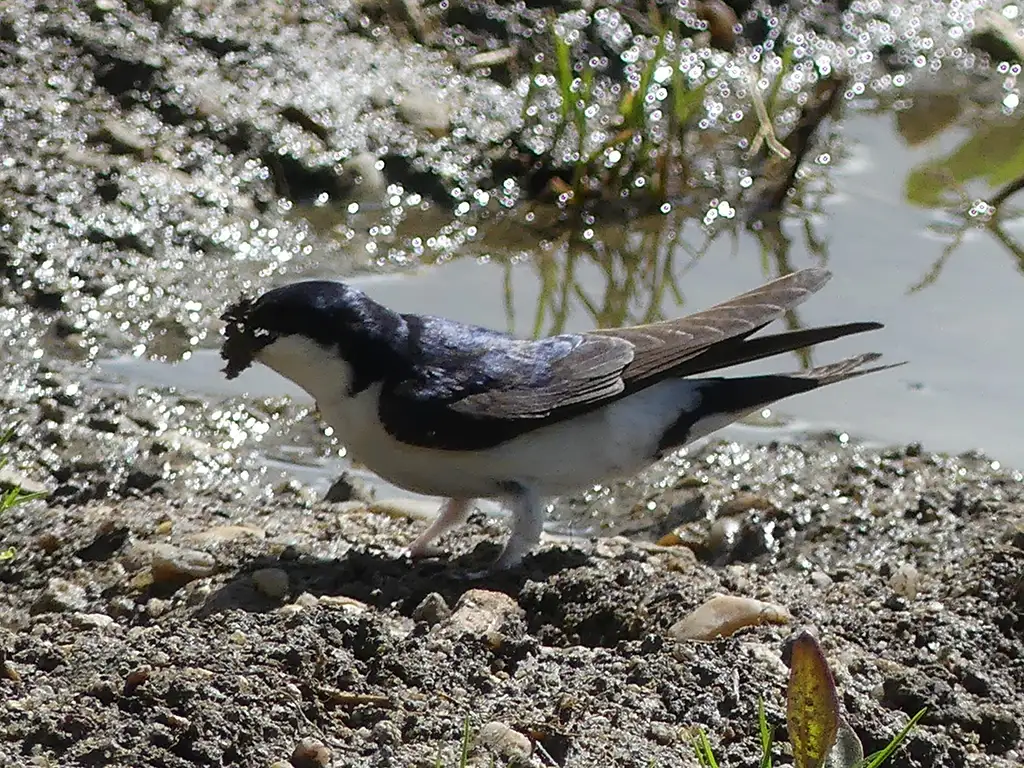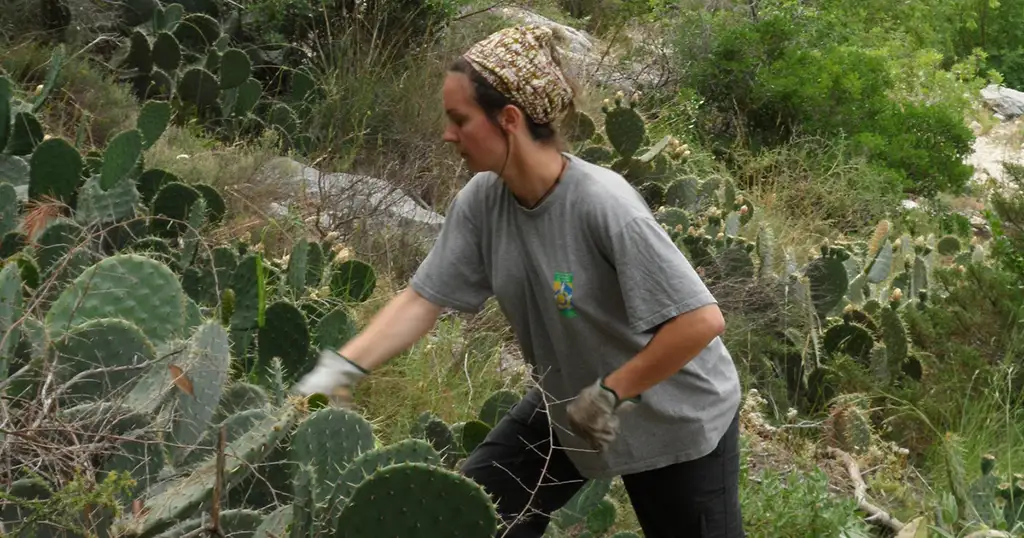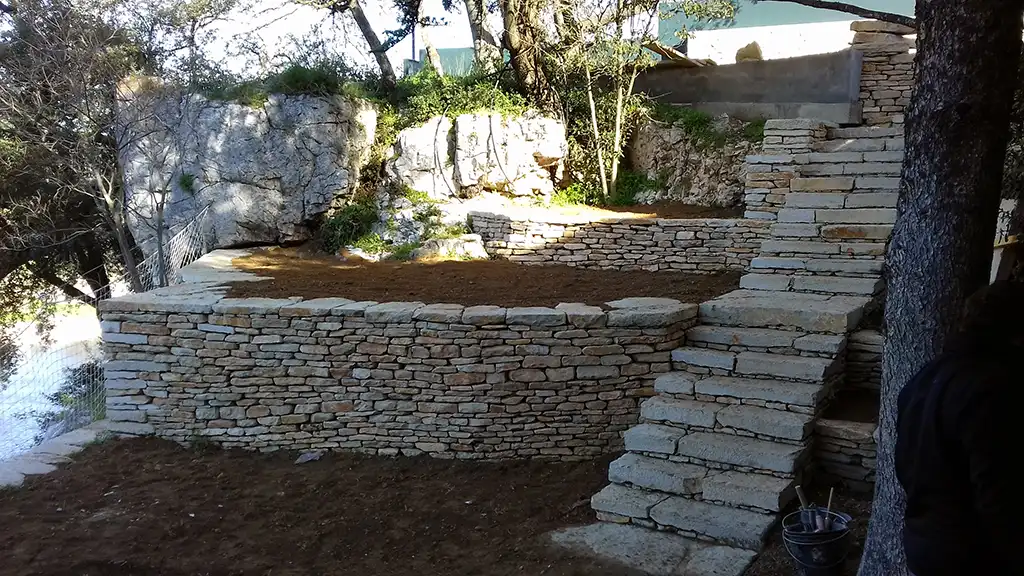Why help the municipalities in taking better care of biodiversity?
Natura 2000 site is often limited to the steering committee’s yearly meetings. The time spent on activities by facilitators, in this case of the SMGG, in order for them to gain the necessary knowledge and means is insufficient. However, a good take on the challenges is crucial for them to better take said challenges into account while managing the municipality on a day-to-day basis, and on the long-term the municipality’s natural and built heritage. This lack of knowledge induces practices that may be harmful for biodiversity.
The municipalities encountered have confirmed the difficulties they met when communicating on Natura 2000 with their populations and raising awareness, for lack of means and methods. The aim is therefore to bring them the tools needed to help them in these approaches. Its other aim is to involve the village inhabitants in order to ease the variation of these practices in favour of biodiversity, in their daily life.


